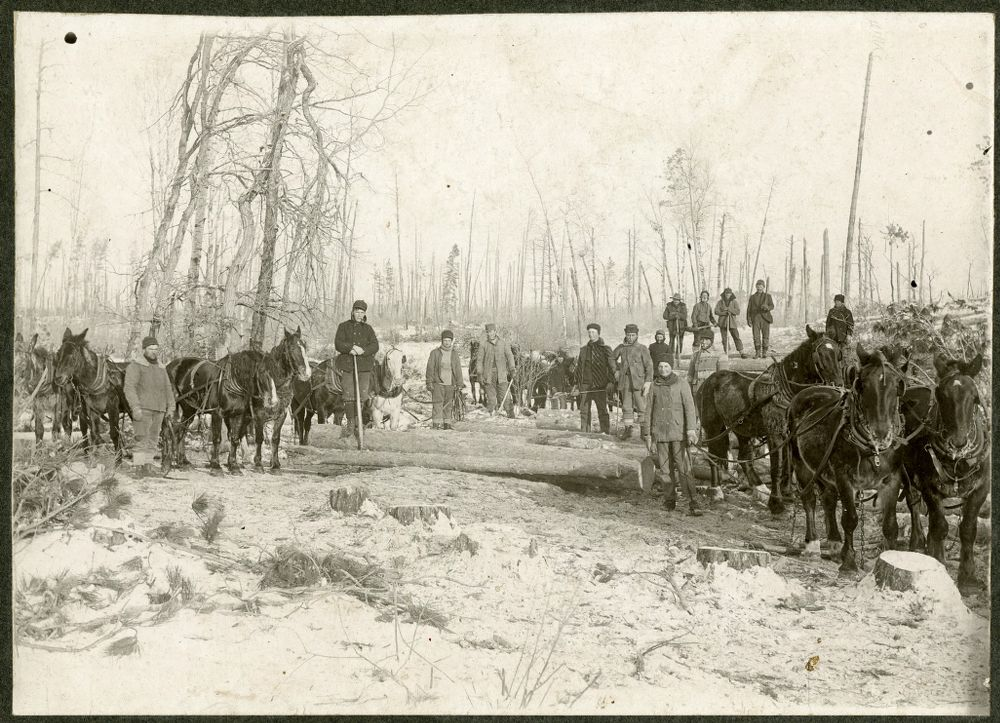“I know a little ‘shanty’ in the West, patched and desolate, through which creaks and cracks the blizzard moans and chills—cellarless, stairless and dreary.”
These are some of the first words to be printed in Extension magazine, written by our founder, Father Francis Clement Kelley, shortly after establishing Catholic Extension Society 120 years ago.
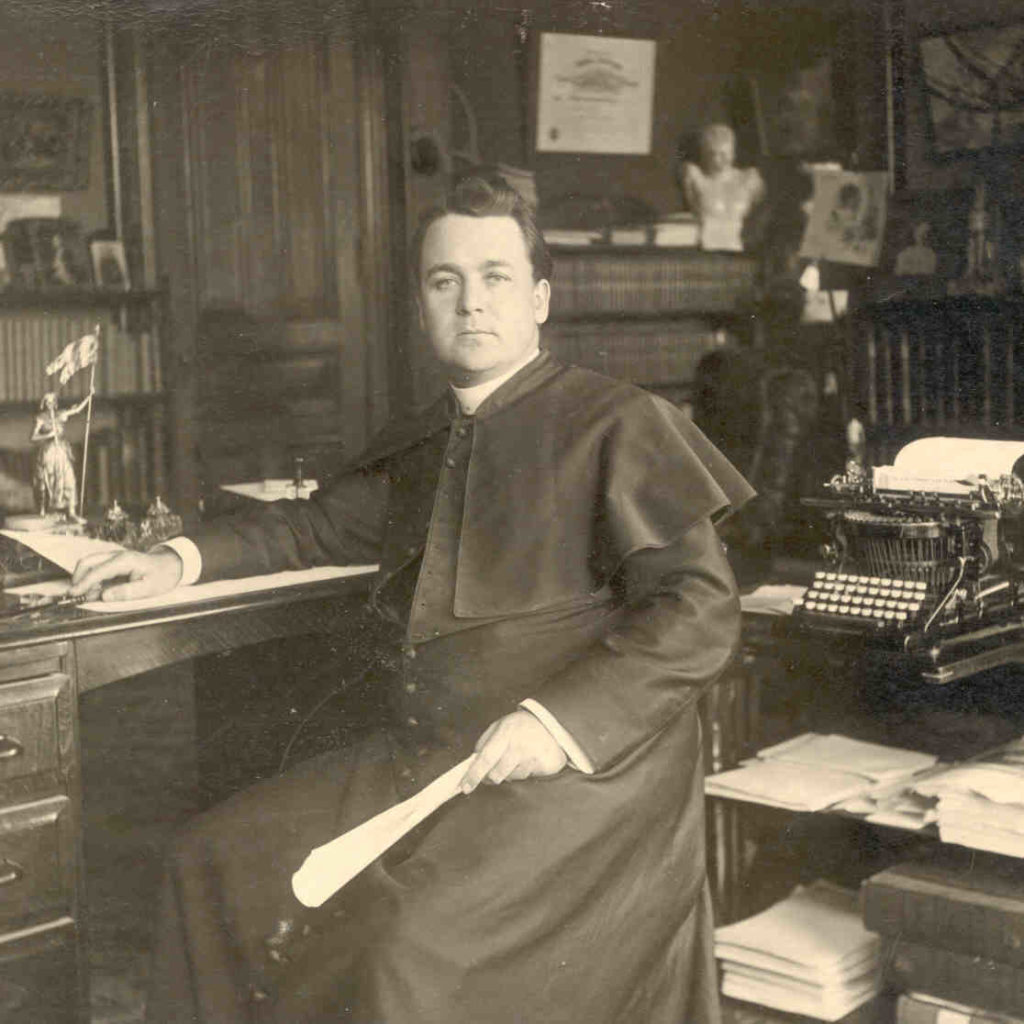
He was describing the conditions of church buildings that he had visited in new settlements throughout the United States, where there were fledging Catholic parishes in desperate need of outside support, without which they risked extinction.
Some might be surprised to learn that, about 50 years earlier, these were also the conditions of the original church of St. Paul in Minnesota:
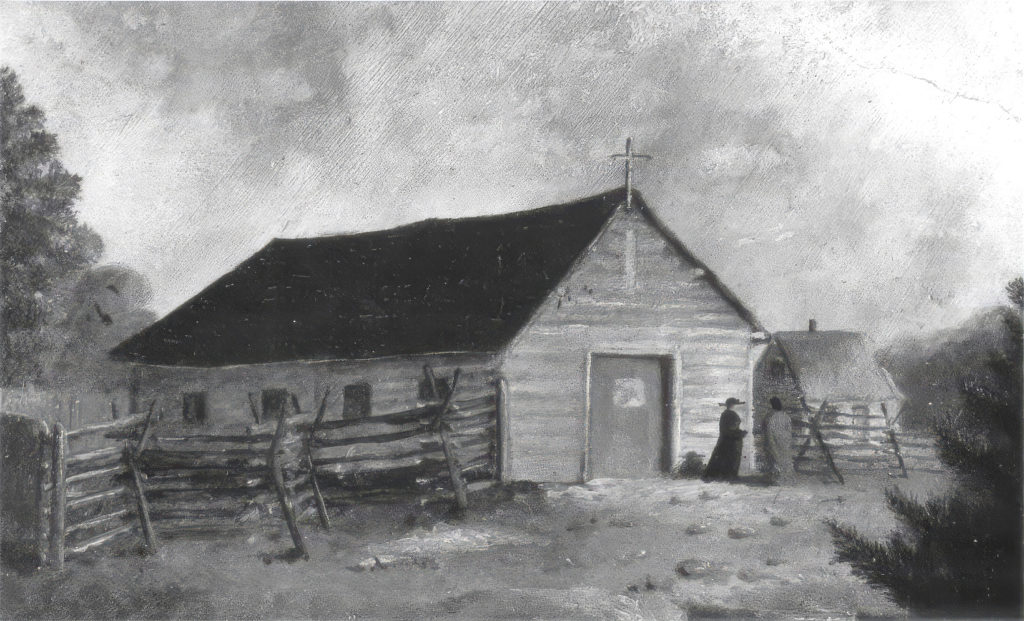
What began as a simple log chapel eventually turned into the magnificent cathedral soaring above the city that became its namesake.
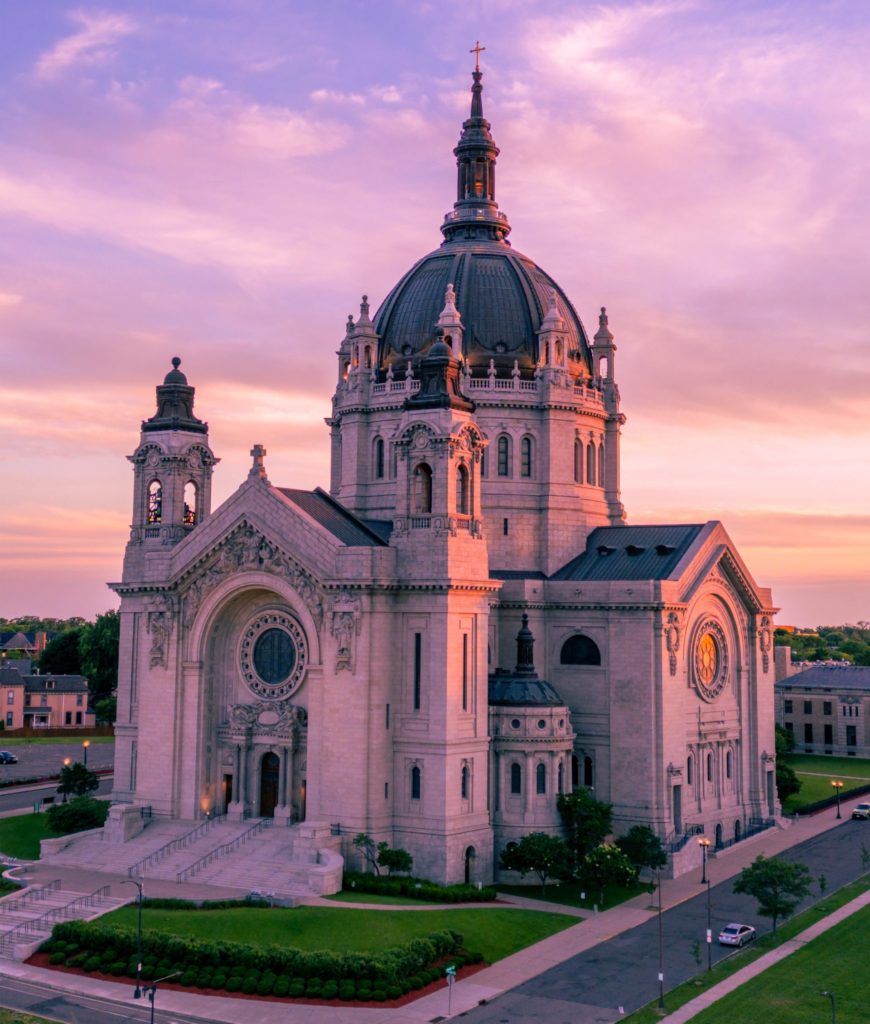
The first Mass in the cathedral was celebrated on Palm Sunday in 1915. A hundred miles to the north, a missionary priest, Father John Van der Hulst, was toiling away in four separate missions.
He had arrived five years earlier, and was met with a slew of challenges. He reached out to Catholic Extension Society for help repeatedly, and each time we responded swiftly, giving him funding for all four burgeoning faith communities. In 1915, he wrote to Extension a letter describing how our funding kept the faith alive in this vast territory.
In the past 120 years, Catholic Extension Society has helped build and repair nearly 320 church buildings in Minnesota, and over 960 in the surrounding states of Wisconsin, Iowa, North Dakota and South Dakota.
Minnesota’s pioneer Catholics
The Dutch missionary, a member of the Order of the Holy Cross, wrote eloquently about the trials and obstacles of his pioneer parishioners, made up of European immigrant settlers. Catholic Extension Society was already hard at work in this region. The environment here is harsh, with long and frigid winters that create mountains of snow.
Many people worked in lumber camps, such as these workers photographed in 1905 in Polk County in northern Minnesota:
Today, the spirit of the faithful lives on in the modern-day churches that grew from little missions once tended by Father Van der Hulst.
This includes Our Lady of Fatima Church, which grew from the original McGrath mission. Catholic Extension Society helped rebuild the new church in 1958.
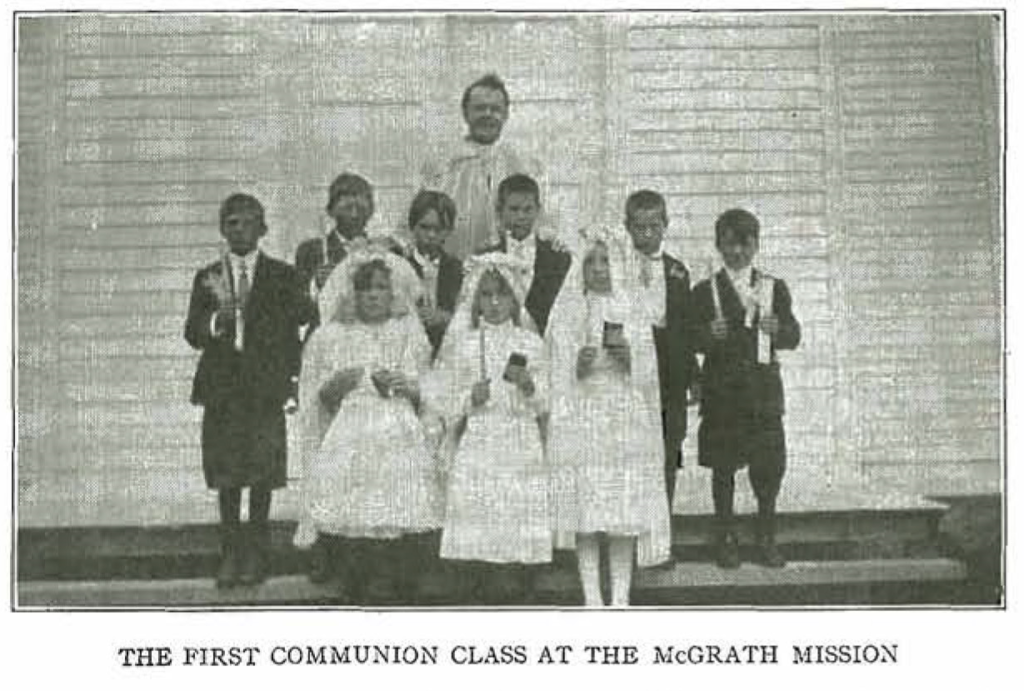
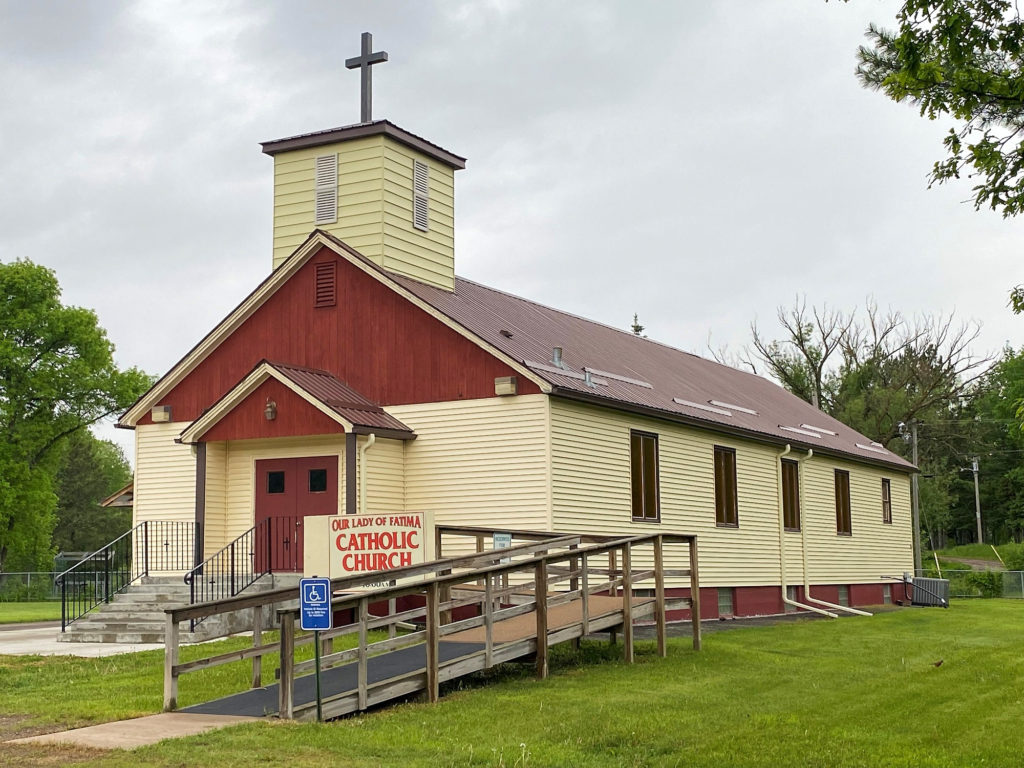
Despite the harsh conditions of their environment, as evident in the pastor’s letter, the spirit of the faithful was hopeful—and tough. One parish preferred to spend two years donating their own timber rather than take on debt to build their church. Another community listed in the priest’s letter was no more than a lumber camp.
Father Van der Hulst walked four miles to celebrate Mass with these workers, carrying 50 pounds of gear and sacred vessels required to celebrate the sacraments.
The determined priest was one of hundreds of Catholic leaders who wrote to Extension magazine in its earlier years to describe the unglamorous reality of their work on the American frontier.
They sought the kindness of our supporters for help. We are still listening to these calls, as our mission carries on in 40 U.S. states and territories including rural communities and Native lands of Minnesota.
For example, Catholic Extension Society recently helped rebuild the beloved St. Mary’s Mission on the Red Lake Indian Reservation after the original church burned down in 2017.
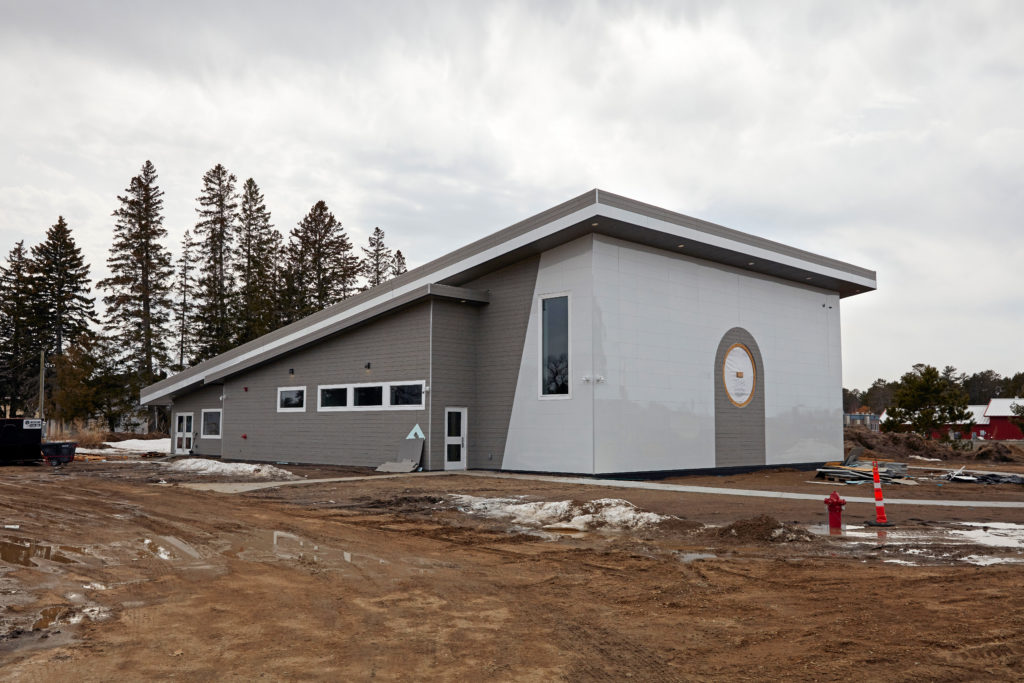
Letter from a Minnesota missionary
We’re glad to share a sliver of our history with these excerpts and photos from Father Van der Hulst’s 1915 letter to us:

It was in the March of 1910 that the Order of the Holy Cross sent two Fathers and one lay brother to the Minnesota mission in the Diocese of St. Cloud. In the summer of the same year two Fathers and two lay brothers were sent from Holland and Belgium to join their confreres in Minnesota, and I was among them. I knew that I was going “into the woods,” but I was totally unprepared for the woods as we have them up in Minnesota. When in Europe I never could have dreamed of the rough timber lands of Minnesota, so wonderful are they in comparison with any woods that I had been used to; but, as the saying goes, you can get used to anything, and it was not long before I commenced to like the maples and the oaks and the evergreen pines, so plentiful in this State.
But I am not going to write an autobiography. My ambition is to give the readers of Extension magazine an idea of the missions located some hundred miles north of the spot whereon the magnificent Cathedral of St. Paul is located. They are missions where the congregations are worshiping in humble chapels, which they owe to the generosity of the great Catholic Church Extension Society.
In 1910, when I came to Onamia, there was no church—no place where the Blessed Sacrament could be kept in the most primitive decency. A rough little altar, erected by Brother Henry, in the front room of the priest’s house, made it possible to say Mass.
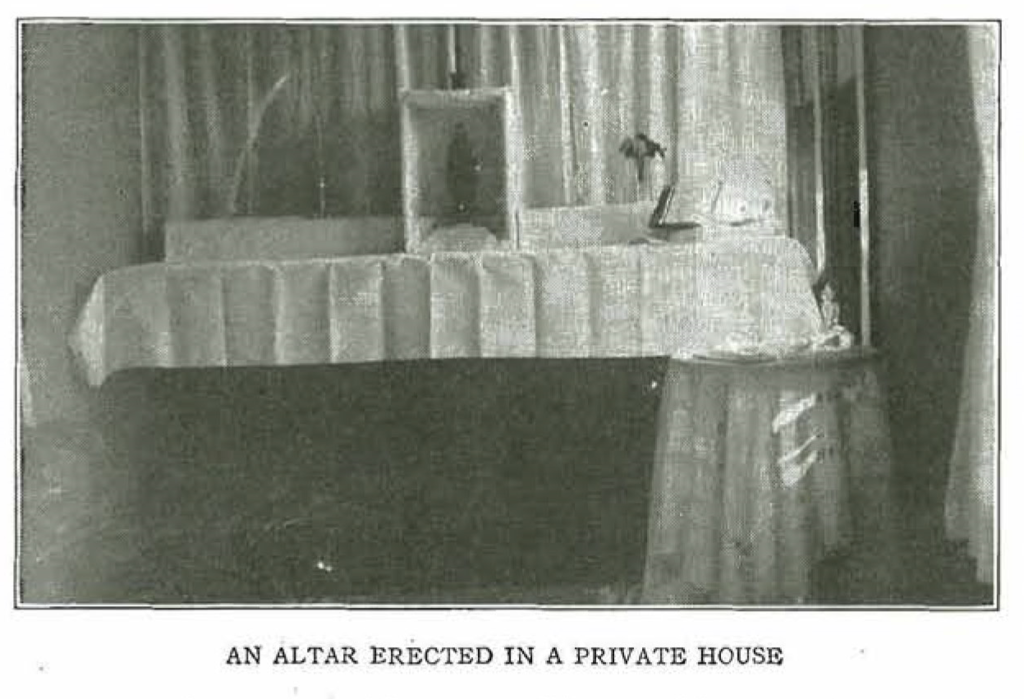
Every Sunday for three months fifteen or twenty people came regularly to hear Mass. Soon more people came, and the chapel in the house was not big enough to accommodate the growing congregation. An old school building was bought and remodeled, and furnished with the necessary church furniture, and on the last Sunday of Advent of the year 1910 our Superior, the Very Rev. Father Van Dinter, delegated by the Right Revered Bishop of St. Cloud, blessed the first chapel of Onamia.
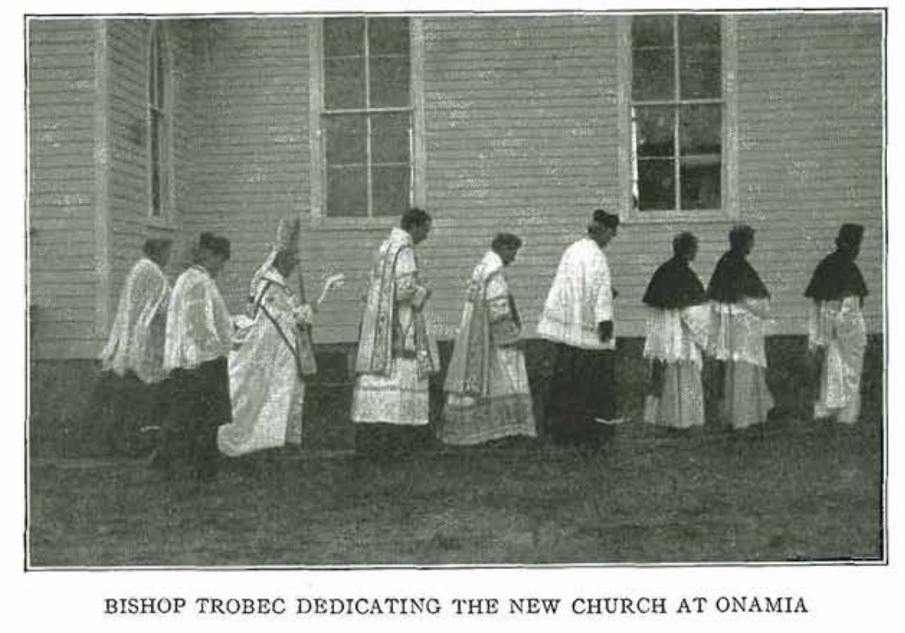
It is a known fact that a Catholic church and resident priest is always an attraction for the Catholic home seeker, and our mission proved no exception to the rule. More people came. The Sunday congregation on the outside of the church—which, like the chapel in our house, soon became too small—was as large as the congregation on the inside. The need for a newer and a larger place of worship was felt by all, but the money—that was the stumbling block. The coin of the realm is not plentiful in a new farming country, but God helped us.
Nine miles north of Onamia is Wahkon with a few Catholic families. On the third Sunday of every month, I visited that mission regularly, and for three years I had to say Mass in a public hall, which fortunately belonged to a Catholic family, and so no rent was asked for its use. But a public hall in a country town is not a fit place for the celebration of the divine mysteries, and, though the need for a new chapel was felt by all, again the funds were lacking.
Then inspiration came to me. Why not try the Extension Society? I remember all I had heard and read about the help that Extension gave to poor, struggling missions, and so with the approval of my Right Revered Bishop, I sent an application for a gift. I asked for $300. The result surpassed all expectations, for a reply came, conveying the good news that $500 would be donated by a priest, through the Catholic Church Extension Society, if the chapel would be named in honor of the Blessed Virgin, under the title, Our Lady, Help of Christians.
Gladly this condition was agreed upon, and at once work was started. But it was almost two years before the church was under roof. The reason was that we did not want to go into debt—and we could not afford it, neither and the farmers who had plenty of timber but no money to spare, preferred to give their share toward the construction of the church in lumber. It took time to haul it to the mill, to get it sawed and to have it seasoned. But patience attains many things, and ultimately these financial and other difficulties were overcome.
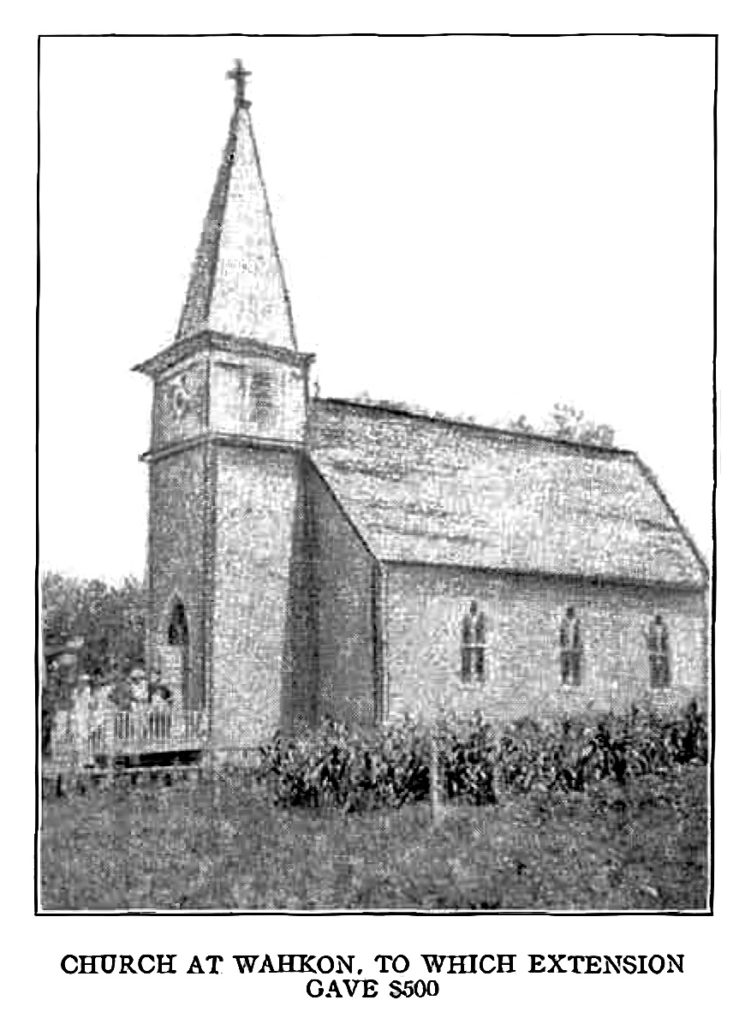
The third mission assigned to the care of our Fathers is about twenty-five miles from Onamia. It is McGrath. If ever a congregation is poverty-bound, it is certainly the one in this little place. McGrath seemed ill fated at first. The ten families comprising the congregation did all they could to build a church, and when the building was nearly completed the treasurer skipped off with more than $250—all that was left of a $500 loan, which was to pay for the lumber. The Lumber Company lost no time in putting a lien on the building. Things were dark indigo when a glimmer of light came from the offices of Church Extension. It was really more than a glimmer, for a check of $500 was received for this mission. Courage soon returned to the hearts of these poor people, and things immediately commenced to take on a brighter aspect. About half of the members had ceased attending church on account of the sad state of affairs, but when help arrived from Extension they all came back.
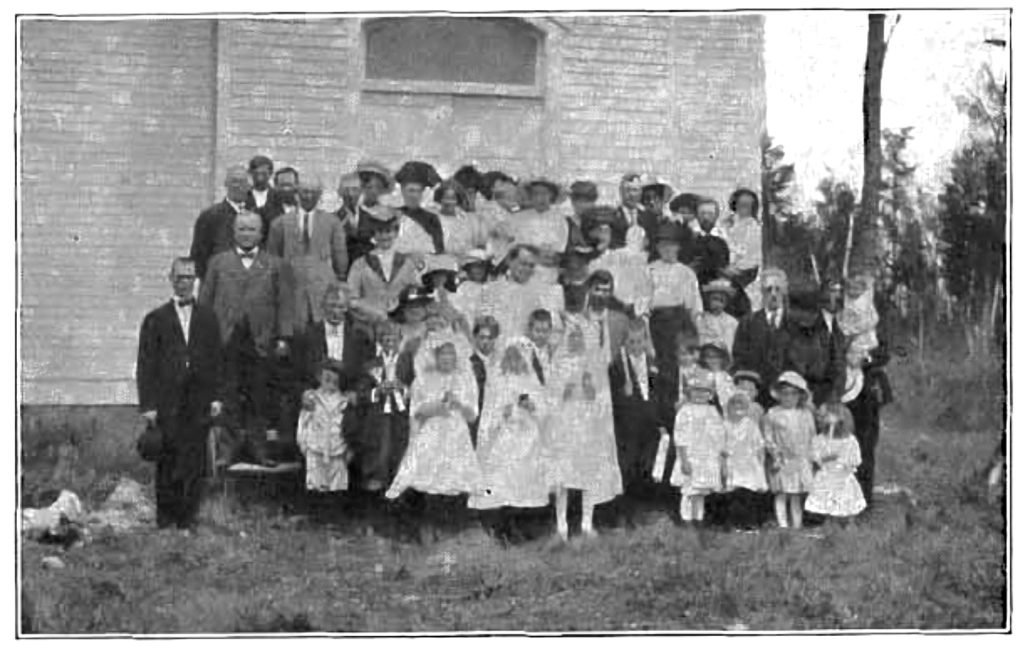
The fourth place under my care is the big lumber camp of White Pine. In order to enable the neglected Catholic people of that mission to hear Mass, I say it as early as 4:15 in the morning. The previous evening I hear confessions, and when they are finished we say the rosary together and recite the Litany of the Blessed Virgin. It is indeed consoling for a missionary to find so many proofs of lively Faith among these poor people, far removed as they are from Catholic influences without resident priest and without a church. Extension also helped this mission by donating a missionary Mass outfit to it.
White Pine is not situated on the railroad, and I had to carry my heavy valise on my back every time I said Mass there; moreover, I had to carry it thus for four miles. Now, a four-mile walk is not bad, but when you have more than fifty pounds on your back, it isn’t exactly fun.
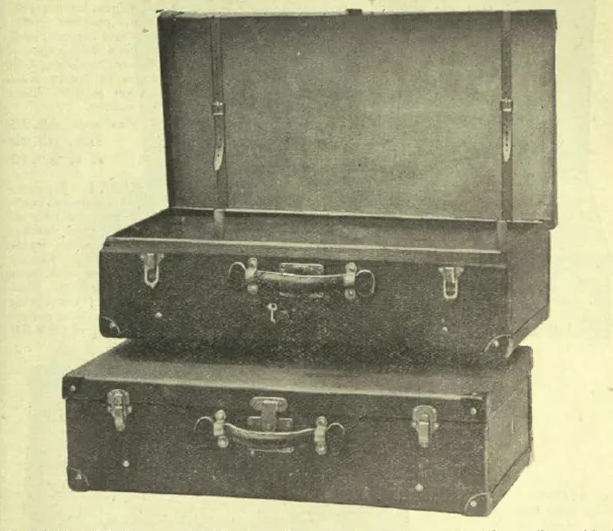
I am indeed thankful for the missionary Mass outfit.
And this is a brief recital of what Extension has done for our missions. Aside from the necessary gifts in dollars and cents, it gave us a friendly helping hand, and the assurance that someone was interested in our poor abandoned missions; that Catholics in the United States are not a self-seeking people, but that they are willing to give the crumbs that fall from their tables to poor missions which would not exist but for their charity. We missionaries appreciate Extension’s work. May God bless the Society! May its aim and its fruits be known more and more, and may many who are blessed with earthly goods enable it to spread God’s Kingdom in this country, by supporting religion in out-of-the-way places!
Founded in 1905, Catholic Extension Society works in solidarity with people to build up vibrant and transformative Catholic faith communities among the poor in the poorest regions of America. Our mission is as significant today as it ever has been! Please join us by donating today!



